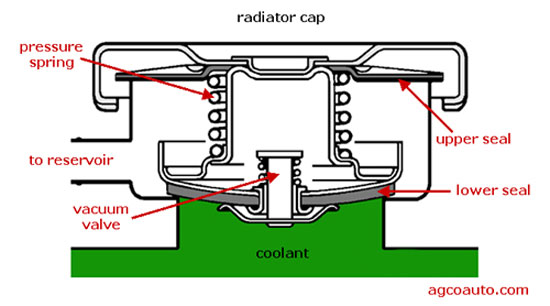Canadian FJR
Canadian FJR
On my last trip during a short stop I noticed coolant pissing out one of the reservoir overflow lines.
It was far from a hot day but we did have a slow (40 mph) ride through town just prior.
I did not notice the temp gauge going excessively high. When I noticed the fluid coming out, I turned the key back on and it was showing 4 bars and the fan did run. In total I only lost about 300 ml and just
refilled it and finished the trip. Seemed okay on the way home but it did ramp up to 4 bars in the
driveway. Fan kicked on but no more puking.
I have ridden in much warmer locations in stop and go traffic for much longer periods.
I suspect either a faulty thermostat or maybe the water pump. Any others have this issue?
* I am confident that the it was not overfilled, same level I have set it at since new.
Canadian FJR
It was far from a hot day but we did have a slow (40 mph) ride through town just prior.
I did not notice the temp gauge going excessively high. When I noticed the fluid coming out, I turned the key back on and it was showing 4 bars and the fan did run. In total I only lost about 300 ml and just
refilled it and finished the trip. Seemed okay on the way home but it did ramp up to 4 bars in the
driveway. Fan kicked on but no more puking.
I have ridden in much warmer locations in stop and go traffic for much longer periods.
I suspect either a faulty thermostat or maybe the water pump. Any others have this issue?
* I am confident that the it was not overfilled, same level I have set it at since new.
Canadian FJR




